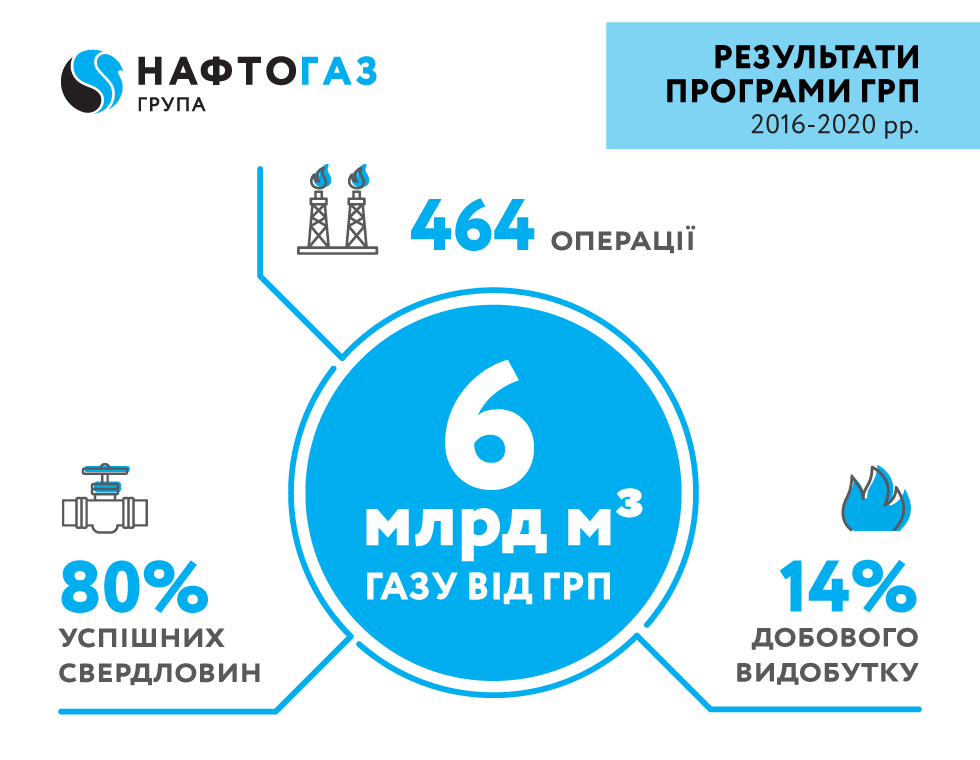
Despite unfavorable market conditions, the Upstream Division of Naftogaz continues to implement a stimulation program to maintain production at depleted fields.
Since September 2016, the company has performed 464 hydraulic fracturing (HF) operations on 253 wells, which ensured incremental ultimate recovery of 6 bcm of gas.
“In the face of a dramatic drop in gas prices, we are adjusting our operation plans so that the reduction in investment has a minimal impact on production results. The HF program is the direction that has proven its effectiveness. The results of these operations account for an average of about 14% of the daily production. Therefore, we plan to perform a fairly large number of HF operations by the end of the year. Thanks to efficient work at depleted fields, we managed to avoid a significant drop in production in the first half of the year, which was marked by the hardest economic conditions,” said Oleksandr Romanyuk, Director of the Upstream Division of Naftogaz.
Over the four years since the beginning of the first HF operations, the division's team of professionals has achieved a high success rate of HF operations - more than 80% of them produce a positive effect. HF operations help other projects such as sidetracking, gas development in dense rock, etc. to improve their economic performance and productivity.
Among the recent successful cases is Well #90 of the Chutivske field, which produced 4 tcm of gas per day, but after sidetracking and hydraulic fracturing, its flow rate increased 40 times to 168 tcm of gas per day.
In addition, in Q2 2020, the company received a positive effect after performing HF operations on a number of wells with depths of more than 4000 meters. Dealing with such depths is more risky and requires thorough engineering practice. For example, after bringing Well #65 of the West Solokhivske field to stable production, it produced 232 tcm of gas per day following hydraulic fracturing (an increase of 14 times against the initial daily gas production rate of 17 tcm). Moreover, we managed to increase daily production at Well #76 of the East Poltava field by 20 times - from 3 tcm to 70 tcm.
Background
Hydraulic fracturing is the process of injecting a fluid mixture into a reservoir under high pressure to create and consolidate small fractures in the formation in order to stimulate influx of hydrocarbons. The solution, which is injected into the formation at depths of more than 1500 m, consists of 99.5% of water and sand, the rest 0.5% account for guar gum (used in the food industry), salt, polyacrylamide (used in cosmetics), and acids (used in household chemicals).